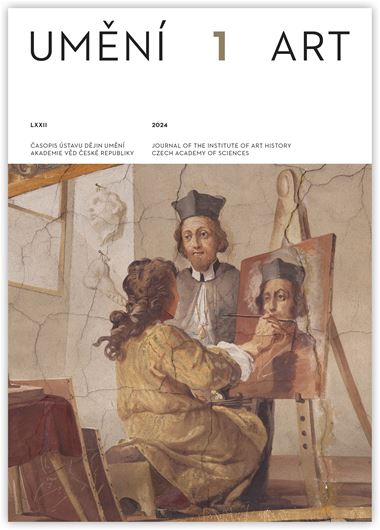Lucie Česká
Christmas Exhibition: An Alternative to Official Art Shows and a Marketing Strategy
Christmas Exhibition: An Alternative to Official Art Shows and a Marketing Strategy
Christmas (or winter) exhibitions became an integral part of the European art scene in the nineteenth century. They provided a welcome diversion for both the public and the exhibiting artists, who were essentially confined to the dates of the annual art exhibitions, held usually in the spring. The tradition of Christmas exhibitions in the art centres of continental Europe, especially in the German- speaking countries, can be traced back to the first third of the nineteenth century. By the middle of the century, they had spread throughout Europe, from London to Berlin and Prague. Christmas exhibitions appeared in the calendars of both art associations and private gallerists who wished to promote their own businesses. In Prague, one of the most prominent entrepreneurs was Nicolaus Lehmann, who opened his art salon with a permanent exhibition in the 1870s, and, more than a decade later, another prominent figure in the field of art presentation, Alois Wiesner, appeared on the scene. In addition to the permanent displays, both gallerists regularly held Christmas exhibitions in their salons in order to increase the saleability of the works presented. By organising art sales shows, they expanded the official exhibition scene in Prague in the last third of the nineteenth century. In this way, Lehmann and Wiesner introduced the general public to a wide range of contemporary artists and their latest artistic creations, as well as a modern approach to artistic operations.
Author's email:
ceska@udu.cas.cz
DOI: HTTPS://DOI.ORG/10.54759/ART-2024-0104
Full-text in the Digital Library of the Czech Academy of Sciences:
https://kramerius.lib.cas.cz/uuid/uuid:9f91721e-48e6-415d-a41f-aee441d1a7b1
< back

